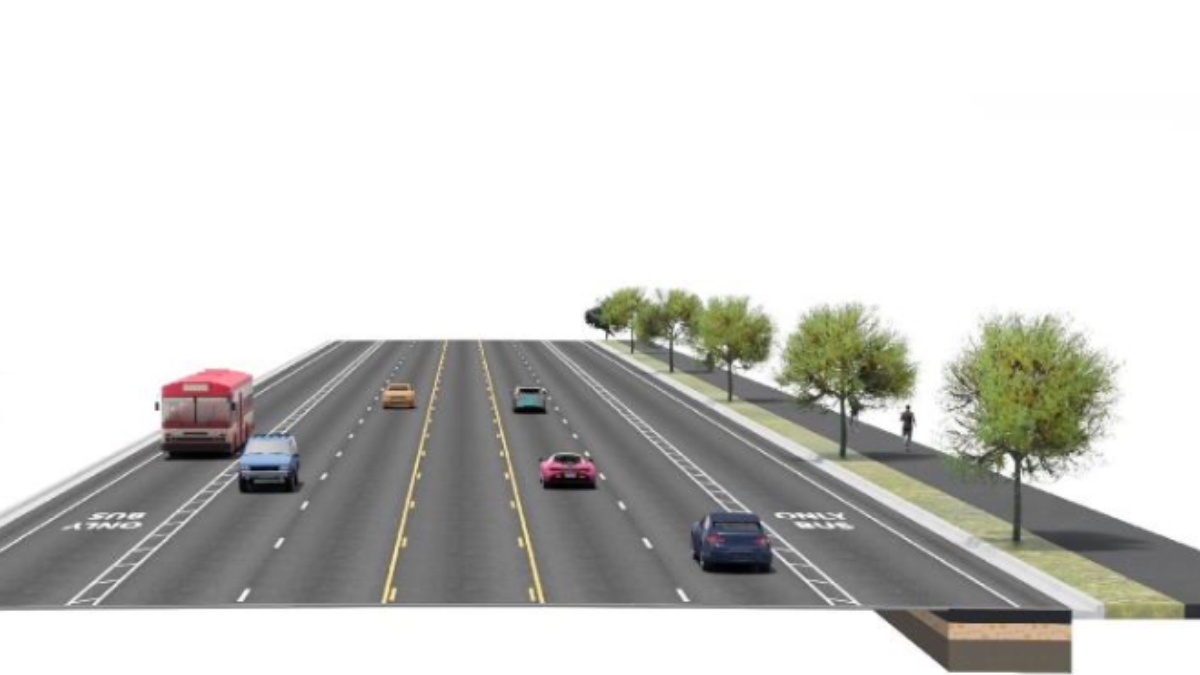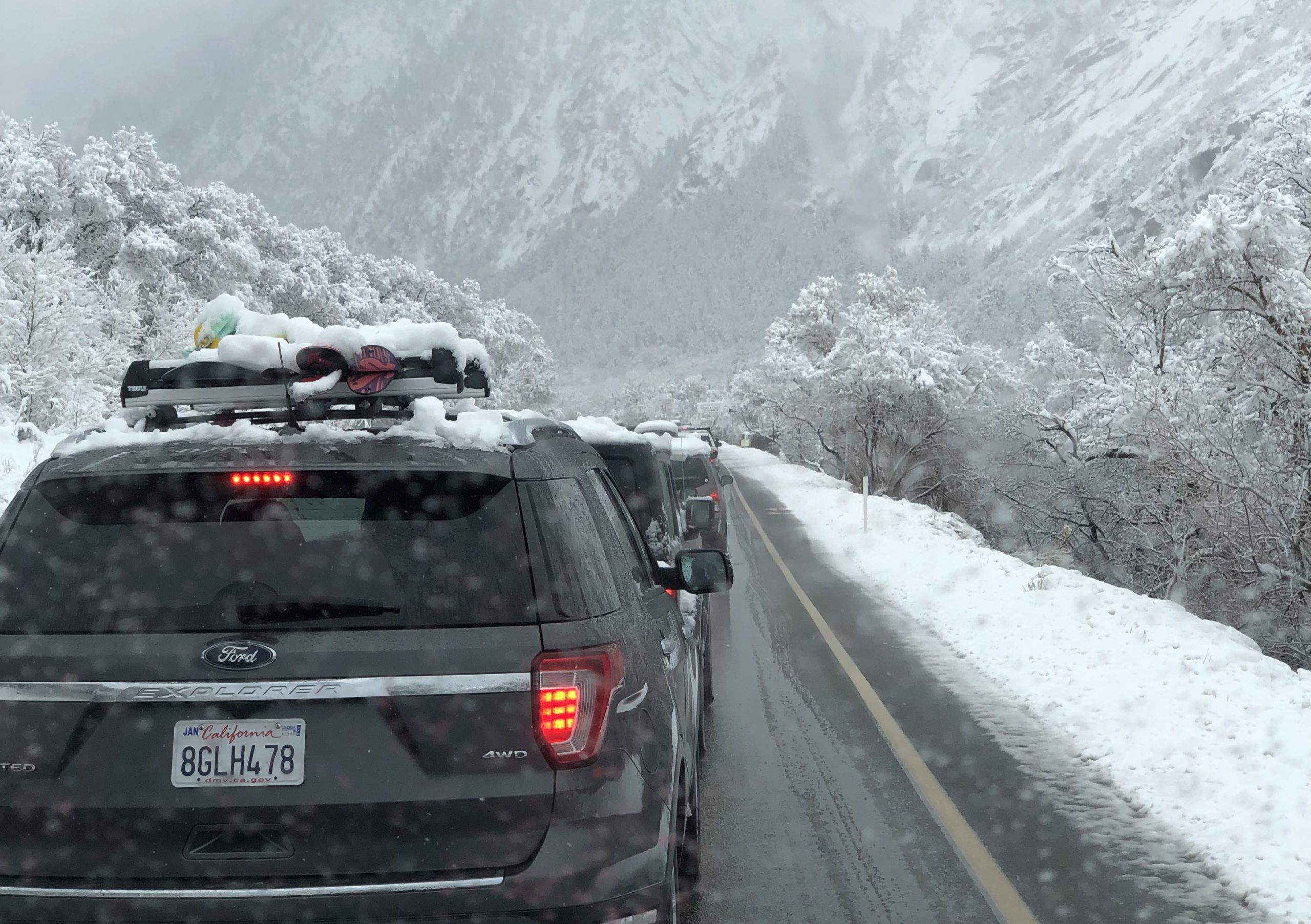Town & County
Park City council to weigh options for SR-224’s Bus Rapid Transit route design

Bus Rapid Transit lanes on SR-224 with 30% reduction in road width. Photo: Park City Municipal
PARK CITY, Utah — A long-planned bus project connecting Kimball Junction to downtown Park City is back before city leaders next week, following years of changing plans and shifting price tags.
Park City Council will meet February 27 to discuss the Bus Rapid Transit (BRT) project along SR-224, the main road into town that typically clogs with traffic during ski season. Council members will need to provide specific policy direction on several unresolved aspects of the project before it can proceed to the next phase.
The project has been in the works since 2011 but has hit numerous speed bumps along the way.
Just months ago, city officials were told they might need to contribute up to $20 million toward the project — more than three times the original $6 million estimate. But in a recent council meeting in December, transit officials admitted they had overestimated costs after speaking with contractors.

“I am absolutely against road widening in Park City because the value can’t be explained and, anecdotally, don’t think it’s there for the negative impacts it introduces,” council member Jeremy Rubell said during previous discussions.
The road-widening plans have been drastically scaled back. Original designs called for adding 28 feet of asphalt along the route, but current plans reduce that to just 10 feet — a 65% decrease. The number of affected properties has also been cut in half, from 62 parcels to 31.
Where the bus line would end has also changed. Initially planned to stop at a city-owned property near Bonanza Drive and SR-248, the route will now terminate at the Old Town Transit Center, a change the council approved in 2021.
For Park City residents and the thousands of visitors who battle traffic on SR-224, the bus system promises consistent 17-minute trips between Kimball Junction and Old Town, with buses running every six minutes during peak times. Cell phone data shows the importance of the route, with about 75% of trips starting at Kimball Junction ending up in Park City — roughly 17,000 trips daily.
The project currently has $66.75 million in obligated funds from federal grants, state funding, and transit sales tax. The original 2022 NEPA design estimate was $70.9 million, which grew to approximately $100 million when adjusted for inflation. Park City’s contribution was initially estimated at $6 million, then increased to a potential $20 million during November discussions to cover possible funding gaps. Recent contractor consultations indicate the actual project costs will be lower than the inflation-adjusted estimate, potentially leaving extra funds in the budget.

Transit officials recently selected a construction manager/general contractor, with the final contract expected to be signed this month.
The council will also discuss several new key elements of the project, including whether to keep proposed BRT stations at Thaynes Canyon Drive and Snow Creek Drive, which showed markedly different ridership numbers in 2023 at 1,914 and 380 passengers respectively.

A major focus will be potential redesigns of the “Box of Rocks” intersection at Park Avenue and Deer Valley Drive. Officials have analyzed three alternatives, including one that would create two general-purpose southbound left-only turn lanes, with a center through lane and a right-only turn lane. Another option would add a bus-only turn lane on SR-224. Initial analysis shows the two-left-lane option could improve both transit times and general traffic flow, though both alternatives would increase pedestrian crossing distances and impact existing sidewalks and landscaping.
The project will also implement transit signal priority technology, which allows buses to communicate with traffic signals to extend green lights or shorten red lights as they approach intersections, helping maintain consistent schedules without significant impacts to cross-traffic.
If approved in its current form, the bus system could shave up to eight minutes off transit times along certain segments of the route by 2050, according to transportation models.
The public portion of the council meeting will start at 3:25 p.m. on Feb. 27 at the Marsac Municipal Building, City Council Chambers, located at 445 Marsac Avenue. To attend virtually via zoom, click here.




















